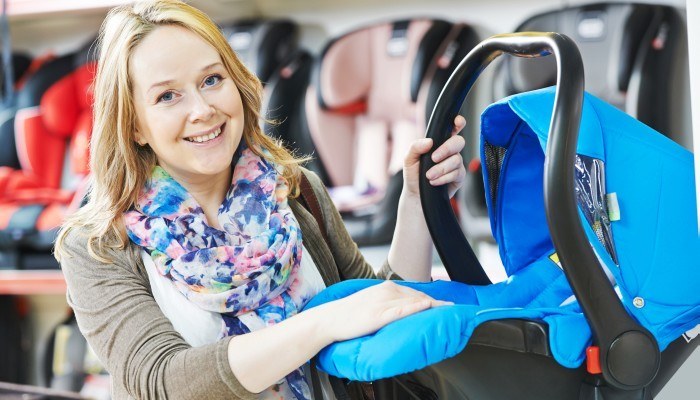 74 per cent of parents still use front-facing child seats, according to new research by Volvo UK. That's despite the fact that doing so increases the risk of a fatality or a serious spinal or brain injury by up to five times – when compared to sitting children in a rear-facing seat.
74 per cent of parents still use front-facing child seats, according to new research by Volvo UK. That's despite the fact that doing so increases the risk of a fatality or a serious spinal or brain injury by up to five times – when compared to sitting children in a rear-facing seat.
Current government guidance stipulates that children should sit in rear-facing seats until they weigh 13kg – which is when most children are around nine months old. But that guidance is being updated due to a new European-wide i-Size safety standard, which states that children should sit in rear-facing seats until the age of 15 months – at a minimum.
Swedish parents tend to go much further than that, not sitting their children in front-facing seats until they are around four years old. It is believed this norm is in part responsible for their being no under-six car deaths in 2013.
By comparison there were 77 deaths in this age-range on UK roads over the same period.
In the Volvo UK study, 72 per cent of respondents said they would have been more likely to buy a rear-facing seat if they had been better informed of the benefits.
“We strongly recommend everyone to have a rear-facing child seat for their young children." said Professor Lotta Jakobsson, senior technical specialist for injury prevention at the Volvo Cars Safety Centre, "All children should travel rear-faced until the age of three, and preferably four. The differences in anatomy between adults and children are profound."
As a leading car breakdown cover firm, here at startrescue.co.uk we are always interested in the best ways to tackle safety on the road. Are you more likely to fit a rear-facing seat in light of this new research? As ever, please leave your comments below.




